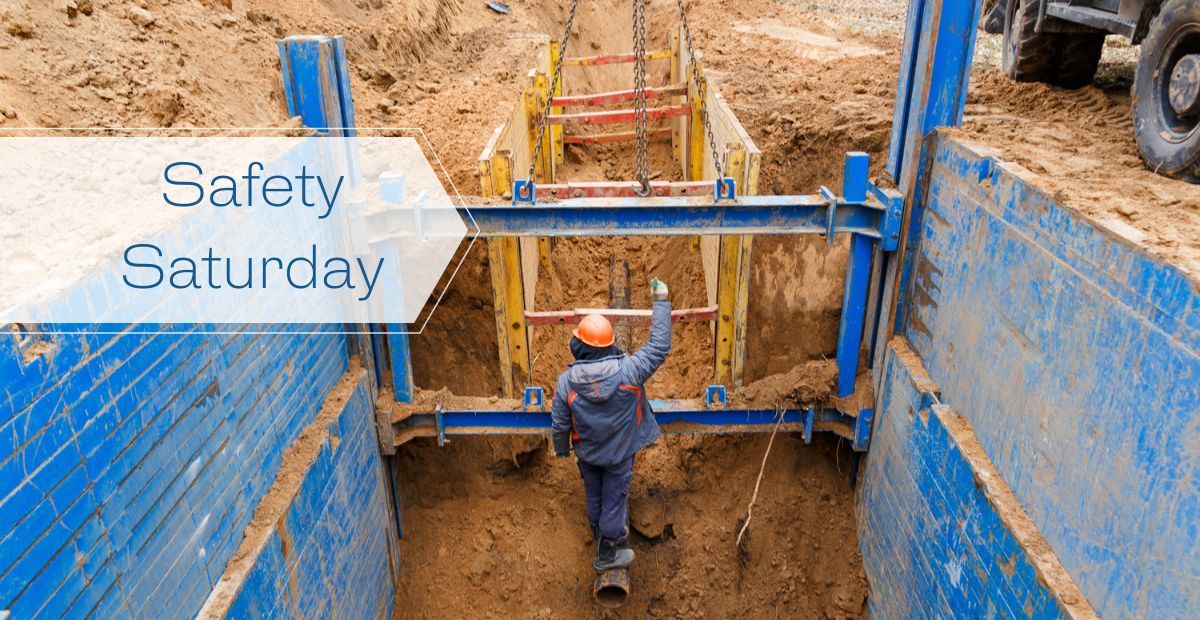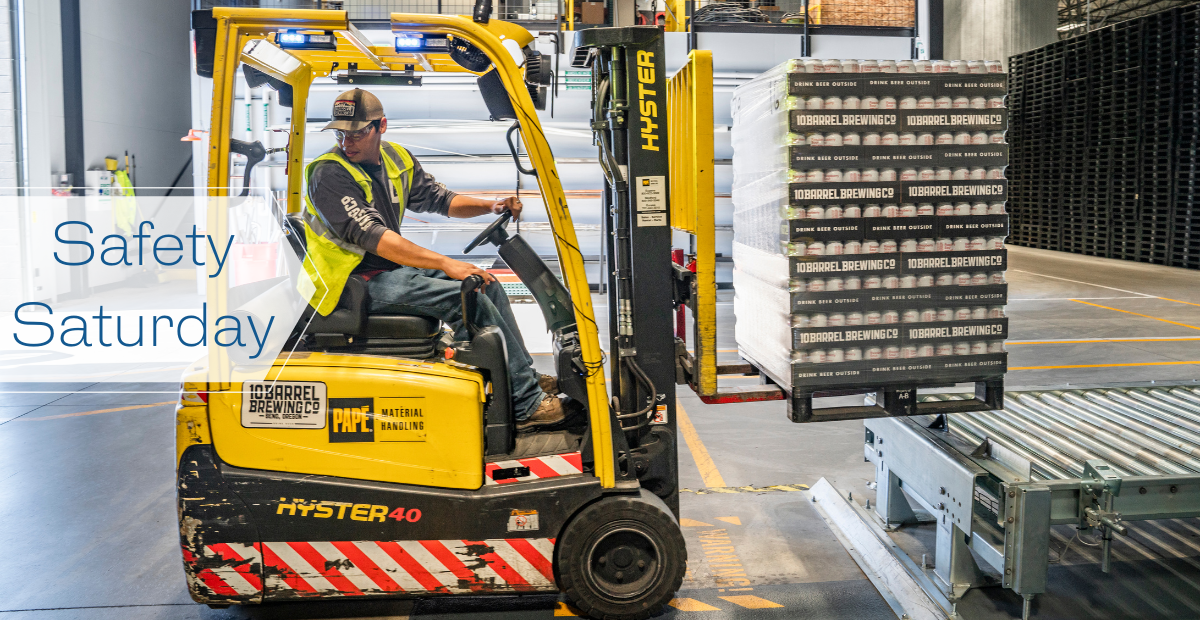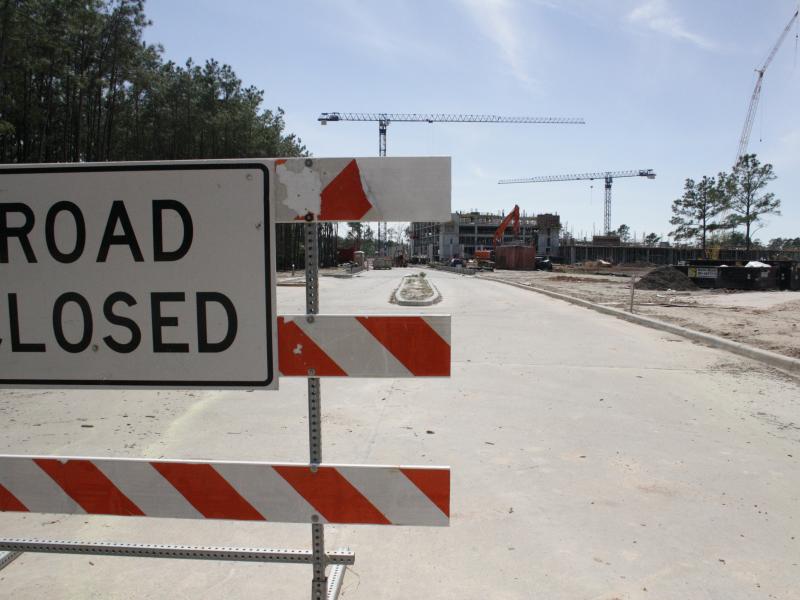Safety Saturday: Trench Safety

Trenching and excavation is among the most hazardous work in the construction industry. Shockingly, two workers are killed every month in trench collapses on the jobsite; furthermore, thousands are seriously injured each year due to cave-ins. With statistics like that, we are amplifying the message of Trench Safety Month alongside the National Utility Contractors Association.
Following these safety tips can reduce the number of fatalities and serious injuries that occur each year in the construction industry; as well as make others, such as municipal and industrial workers who are exposed, aware of these serious hazards.
- Enter only trenches that have been sloped at the proper angle, shored, or shielded by trench boxes.
- Stay alert when working in or near previously disturbed soil conditions.
- Do not permit vehicles near the edge of the trench.
- Never climb on shoring or shields. Use a ladder or ramp to safely get in and out of the trench.
- Wear hard hats when working in or around trenches.
- Eliminate or control water accumulation before entering the trench.
- Check regularly for hazardous materials and oxygen levels in the trench.
- Stay out from under raised loads.
- Inspect trenches at the start of each shift and as needed, throughout the workday.
OSHA Trench Requirements to Increase Safety
To protect workers, OSHA requires employers to train all their workers about trench safety. OSHA also requires every excavation 5 ft or more in depth to be protected by a trench protective system – sloping, shoring, or shielding. In addition, even when trenches are less than 4- or 5-ft deep a competent person must make a judgement call about whether or not it is safe to enter into the trench and then take appropriate action. According to OSHA, a competent person is someone who is capable of identifying existing and predictable hazards in the surroundings or working conditions which are unsanitary, hazardous, or dangerous to employees, and who has authorization to take prompt corrective measures to eliminate them. If in doubt, one should exercise caution and use a trench protective system to ensure workers are not injured or worse, killed in the trench.
Practice the 3 S's of Trench Safety
Trench walls collapsing can happen in an instant, burying the workers under potentially thousands of pounds of soil. These types of incidents are tragic. They are also preventable. Vogt Engineering and the National Utility Contractors Association urges you to practice the 3 S’s of Trench Safety: Sloping, Shoring, and Shields.








